People often ask me how I get television while living in an RV. Living in an RV is just a different lifestyle and TV isn’t a big part of it for me. That said, I love a good binge-watch on occasion. In this post, I’ll explain some of the options I have used for television over the years and what I use now.
Portable Satellite Television Systems
When we started out our full-time RVing adventure nearly a decade ago, we bought a Dish Tailgater for satellite television reception. I really liked the Dish system and I still have one. I think it’s my third set. My late husband ran over one with our dually truck, one got caught up in a flood, and the last one is stored here at my brother’s house.
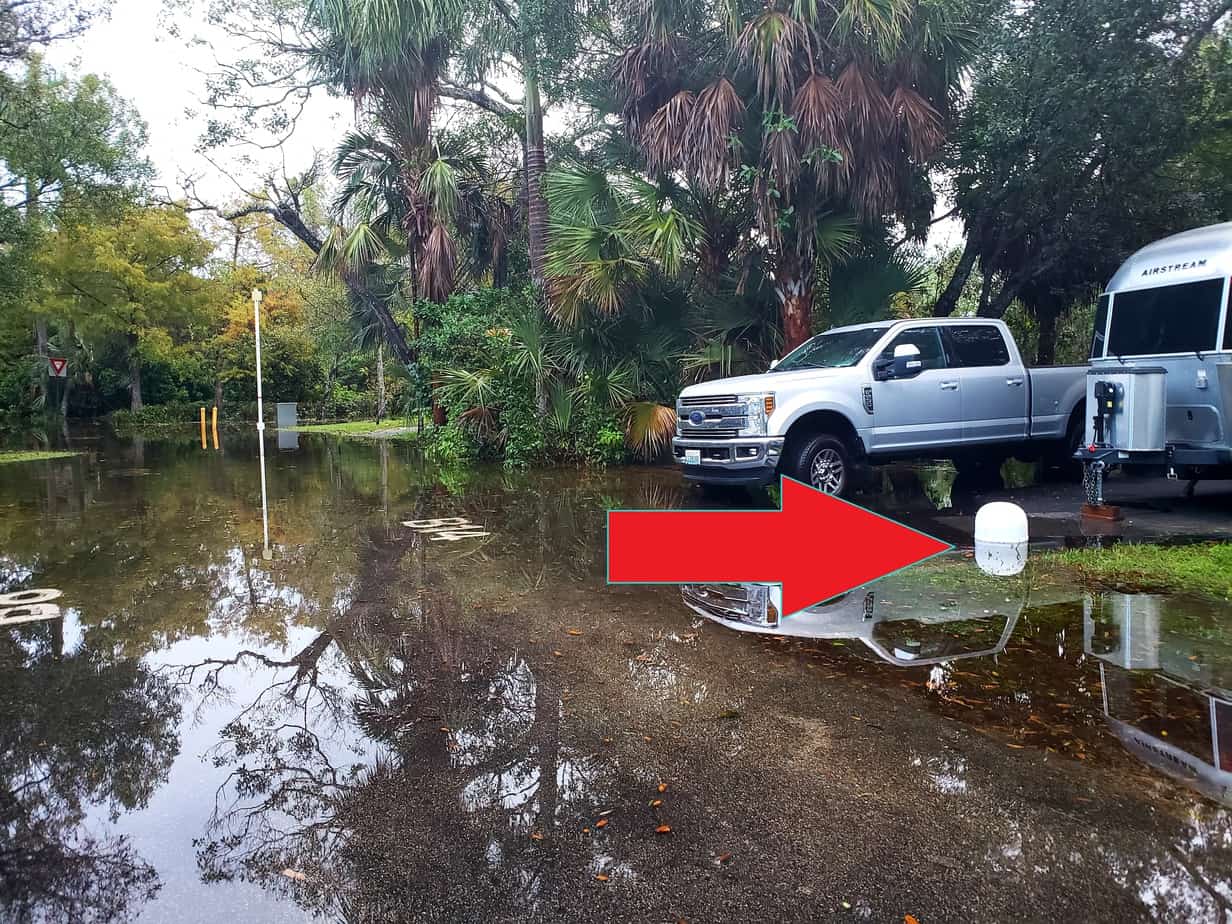
Last year, when I started primarily boondocking, I stopped my service and stopped taking it along. It’s big and takes a lot of space. Since I can’t use it without using power, I leave it behind.
Pros of Portable Satellite Television Systems
- Initial setup is fairly easy.
- Satellite systems are lightweight and portable.
- They are easy to set up after each move.
- You get a reliable lineup with the same channels each time.
Cons of Portable Satellite Television Sytems
- The initial cost outlay is much higher than other options.
- Satellite systems require setup each time you move to a new location.
- They are considerably more expensive than other options.
- Satellite TV systems require an unobstructed view of the southern sky.
- It can be hard to get a signal when the dish is mounted on your RV due to obstructions.
- They are more expensive than some other television options.
Streaming Services
When I have an electrical connection, I use an Amazon Fire TV Stick now. It’s awesome! I can use it with the streaming TV services that are available.
I have an Amazon Prime account and get access to all of their streaming content. I also use Netflix. Between the two of them, I get all the TV I can handle.
The biggest issue is wifi. Even though our wifi plans say they are unlimited, they really aren’t. When the carrier throttles your speed, sometimes you can’t keep a sufficient connection to stream. Your internet speed will determine your picture and sound quality.
It’s worth noting that streaming services like Prime and Netflix are only streaming a particular TV show. It’s not like watching TV channels where you turn it on and it just runs until you shut it off.
You actually choose a show and it plays until it’s over. On some streaming services, the next episode in a series will automatically play.
Pros of Streaming Television
- No commercials (my favorite)
- Less expensive than a satellite service (unless you subscribe to a lot of networks)
- No setup and tear down when you move
- Apps are available on TV, mobile devices, and streaming players so you can watch on different devices
- Online TV channels don’t require an unobstructed southern sky like satellite TV systems.
Cons of Streaming Television
- Streaming requires a reliable wifi signal
- Streaming TV can be slower than satellite TV depending on the speed of your internet connection.
- Wifi usage overages on plans with limits
- If you subscribe to multiple networks and pay per month, you could easily end up spending more with satellite TV
My real world cost example
Satellite TV- Dish Tailgater
Initial cost $400 to $450
Monthly service: My mid-level service was $108 monthly
Amazon Fire TV Stick
Initial Cost $40
Monthly Service $0 (I use my existing Amazon Prime membership for streaming)
Each streaming subscription you purchase will have a monthly or annual cost. For example, Netflix has three plan levels that range from $8.99 to $17.99 monthly. I choose not to pay for any additional subscriptions.
Over The Air (OTA)
Most newer RVs have digital antennas. If you’re camping near a city you’ll be able to get a good assortment of over-the-air channels, even some of the major networks may be available.
You can swap your old analog antenna for a digital antenna. This is a DIY level upgrade if you are able to get on the roof.
Other Options
You may be able to stream from your phone or tablet and cast it to your television. This is a really good way to use TV while traveling as long as you have the device and TV.
When I’m boondocking, I download anything I might be want to watch and view it on my laptop. That way, if my cell signal or wifi are bad, I’ll still have entertainment on backup.
Final Thoughts
There are plenty of ways to watch your favorite TV shows while living on the road in an RV. You have the option of using over-the-air (OTA) antennas, satellite dishes, or streaming services like Netflix and Hulu.
Each method has its benefits and drawbacks so it’s important to be familiar with all three before choosing a solution for you. For example, OTA will give you access to local channels as well as major network stations but may not provide HD content; Satellite is more expensive upfront but can provide better picture quality than cable or streaming; Streaming provides access to tons of programming at any time but requires internet connection that might not always be possible when traveling.
If you found this post helpful, please pin it.
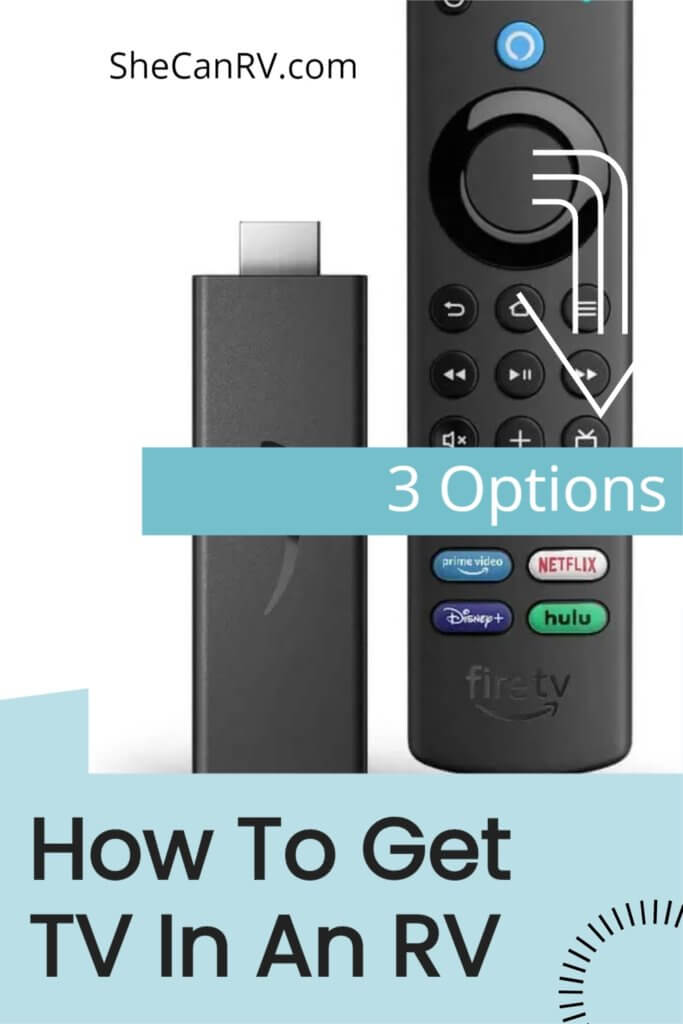
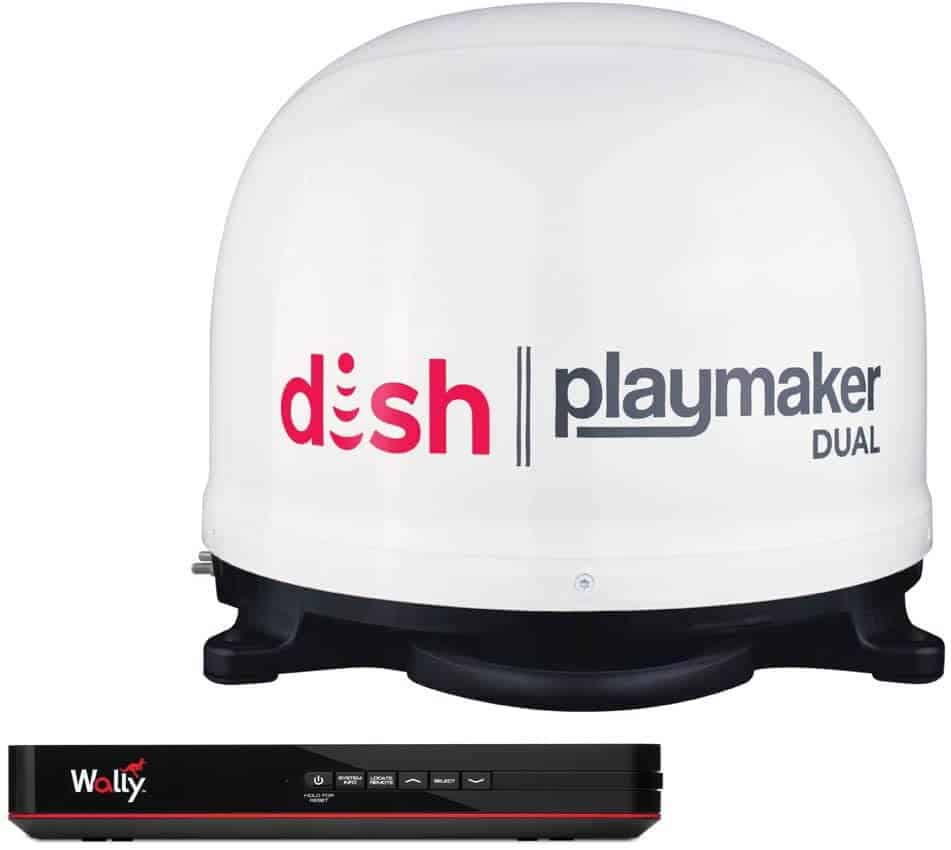
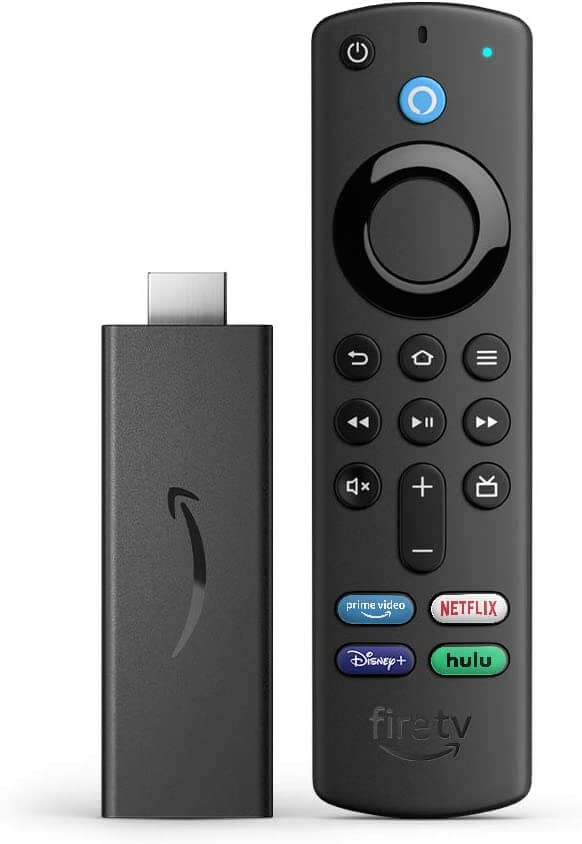
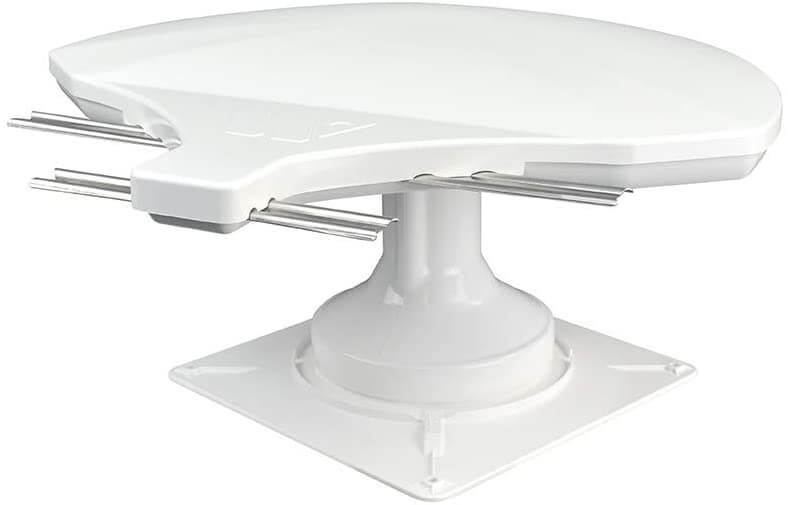
Hi Juley. You have really worked hard this summer. I haven’t commented but have enjoyed each post. Read each more than once.
Glenda
Hey Glenda! I’m happy you’re getting some value from my posts this summer. I really have to shift my focus when I’m not traveling. But… I’m off today to go camping with my daughter and her family!